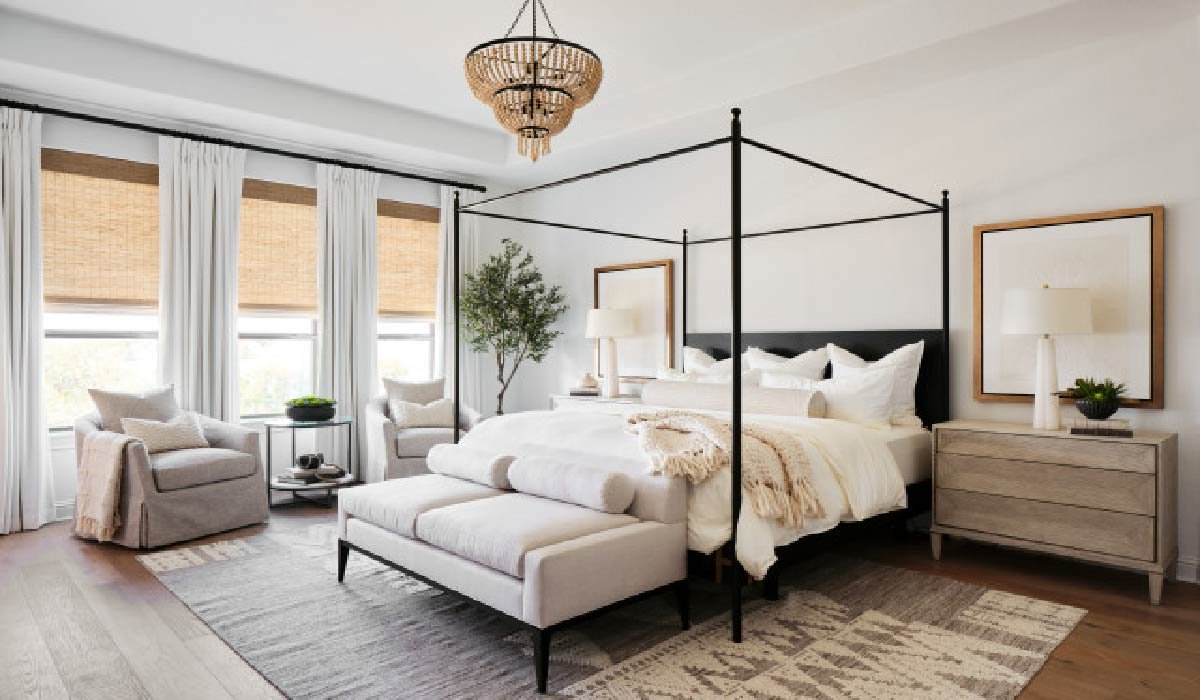Home Improvement
Beyond the Aesthetics: The Secret Ingredients Behind a Happy Home

Ever walked into someone’s home and felt instantly relaxed, even if you couldn’t put your finger on why? That’s the magic of invisible décor, the unsung heroes of interior design. These are the subtle tweaks and hidden layers that don’t necessarily show up on an Instagram feed, but they make a world of difference in how a space feels.
Lighting: The Mood-Maker
Lighting isn’t just about brightness. It’s about tone, direction, and how it affects the human psyche. Warm lighting tends to create a cosy, inviting atmosphere, which is ideal for living rooms and bedrooms. On the other hand, cooler tones with blue undertones are energising, making them better suited for kitchens, bathrooms, and workspaces.
Layering is key. Overhead lights combined with table lamps, wall sconces, and even under-cabinet strips can offer flexibility and mood control. Consider choosing dimmable bulbs where possible, it’s a small switch that gives big payoff when it comes to setting the right tone throughout the day.
Acoustics: The Comfort of Quiet
A room that echoes or feels noisy can make you feel uneasy without even realising why. Good acoustics help soften harsh sounds, absorb excess noise, and make conversations more pleasant. It’s all part of crafting a sanctuary that supports calm and connection.
Soft furnishings like curtains, rugs, cushions and upholstered furniture help to dampen sound. But for an extra layer of acoustic comfort, consider adding cork panels, wall tapestries or even felt tiles – modern versions look sleek and can blend into your existing décor effortlessly.
For those living in flats or shared spaces, acoustic underlay beneath luxury flooring can do wonders. It reduces impact noise and helps keep things serene from room to room.
Layout Flow: The Invisible Choreography
The way a home is laid out plays a major role in how it’s experienced. Ever tried navigating a space where the sofa juts awkwardly into a walkway, or where the dining chairs are crammed into a corner? It’s frustrating, even if everything looks aesthetically pleasing.
A good layout should support daily routines and natural movement. That might mean leaving wider paths between furniture, avoiding dead-ends in open-plan spaces, or simply placing key itemswithin easy reach. It’s all about intuitive design that reduces friction and enhances the rhythm of daily life.
One trick: walk the space like it’s a dance floor. If you’re bumping into corners or doubling back on yourself, it might be time to rethink the choreography.
Underlay: The Foundation of Comfort
It’s not the sexiest feature in a home, but underlay is the hidden hero of flooring. Whether it’s beneath luxury vinyl tiles, laminate, or even carpet, underlay can dramatically change how a floor feels underfoot. Want more cushioning? Better insulation? Quieter steps? The right underlay does all of thatand it can even extend the life of the flooring above it.
There are sound-reducing options for upper-storey rooms, moisture-resistant types for kitchens and bathrooms, and thermal underlays that help rooms feel warmer and more energy-efficient. It’s one of those “install once, benefit for years” upgrades that quietly improves everyday life.
Scent & Air Quality: The Invisible Aura
This one’s particularly sneaky; air quality often flies under the radar, but it’s integral to how a space feels. Poor ventilation, musty smells, or synthetic fragrances can all contribute to discomfort, even if the décor is top-notch.
Open windows when weather allows, invest in plants like peace lilies or spider plants that naturally filter the air, and consider a quality air purifier if living in a high-traffic or urban area. As for scent, go subtle. Natural essential oils or beeswax candles with gentle notes like cedarwood, lavender or bergamot create a warm, calming environment that’s felt on a near-cellular level.
Temperature Control: The Goldilocks Effect
Too hot? Too cold? Either can make a beautifully styled room feel totally unliveable. Temperature control is an unsung part of feeling truly at home. Draft-proofing windows, using thermal curtains, and zoning heating systems can all help maintain that elusive “just right” balance.
Smart thermostats are also worth a mention. They help tailor the heating or cooling to suit different times of day, making sure no energy is wasted. And don’t forget the tactile warmth of cosy materials: wool throws, velvet cushions, and plush rugs help rooms feel warmer too.
It’s All in the (Invisible) Details
When it comes to making a house feel like a home, it’s not always about grand design statements. Sometimes, it’s the things no one sees, or even notices consciously, that make the biggest impact. Each of these invisible design elements work quietly in the background to elevate comfort and connection.
Because at the end of the day, the best interiors don’t just look good. They feel good. And that’s the real magic.
-

 Celebrity1 year ago
Celebrity1 year agoWho Is Mindy Jennings?: All You Need To Know About Ken Jennings Wife
-

 Celebrity1 year ago
Celebrity1 year agoWho Is Jennifer Rauchet?: All You Need To Know About Pete Hegseth’s Wife
-

 Celebrity1 year ago
Celebrity1 year agoWho Is Enrica Cenzatti?: The Untold Story of Andrea Bocelli’s Ex-Wife
-

 Celebrity1 year ago
Celebrity1 year agoWho Is Klarissa Munz: The Untold Story of Freddie Highmore’s Wife
















